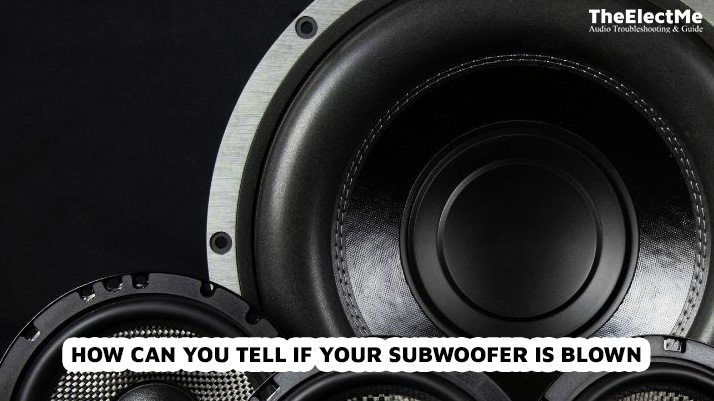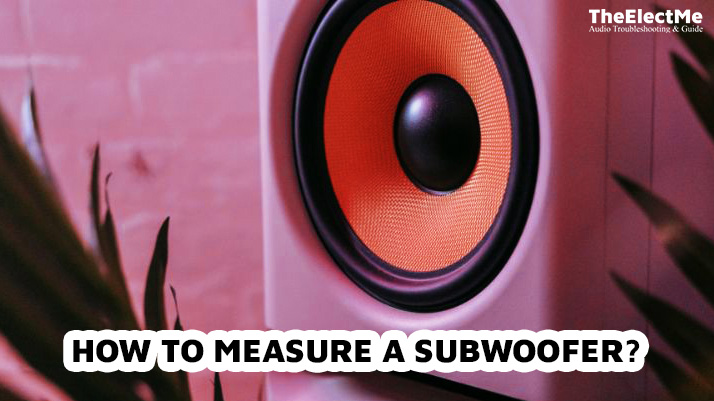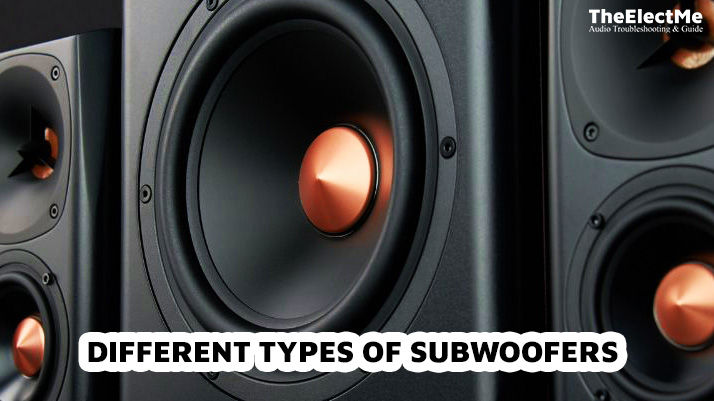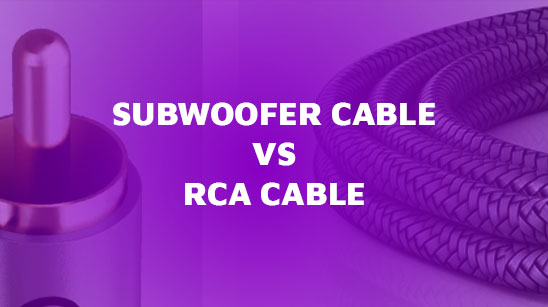How can you tell if your subwoofer is blown? Poor sound quality, including noticeable cracks or distortion, is a critical indicator of a potential issue. Ignoring such signs can lead to further deterioration of the subwoofer’s performance and might result in permanent damage.

Therefore, identifying signs of a blown subwoofer is crucial to protect your audio system and prevent costly repairs. Recognizing these signs promptly can address concerns and uphold the quality of your sound system.
How Can You Tell If Your Subwoofer Is Blown? 3 Signs You Should Never Ignore
A few critical indicators can help you determine if your subwoofer is blown. Here are three signs you should never ignore:
Cracks in Sound Quality
Cracks or distortion in your subwoofer’s sound signal can damage the device. The sound quality might sound muffled, or more bass may be needed. When the bass is lacking, the subwoofer might produce high-pitched sounds instead.
Such inconsistency in audio quality is a common symptom of a blown subwoofer. If your subwoofer struggles with low-frequency sounds, there may be a damaged component.
Smell and Smoke
A blown subwoofer can overheat, causing it to emit a burning smell. If left ignored, it can also produce smoke. This is often due to the voice coil burning out or overheating.
Do not ignore any unusual odors from your subwoofer, as they are clear indicators of a blown subwoofer. Take immediate action if you notice such smells and smoke to avoid permanent damage.
Loose Components and Mechanical Resonance
Flexible components within the subwoofer, such as screws and wires, can cause rattling or buzzing sounds. This mechanical resonance results from damaged or misaligned parts, often in blown subwoofers.
If your subwoofer moves excessively, it could indicate loose components, suggesting a blown subwoofer. Make sure to check for any loose screws or wires and secure them properly before using the subwoofer again.

3 Methods Of Testing Blown Subwoofer
If you notice any of the above signs, confirming if your subwoofer is indeed blown before attempting any repairs is essential. Some effective methods for testing a blown subwoofer include:
Sound Checks
When assessing the health of your subwoofer, conducting audio tests is crucial. Play different types of music and check for any unusual sounds or distortion. Analyze the sound clarity, bass quality, and overall performance to determine if your subwoofer is blown.
Visual Inspection
A visual examination can also help identify potential issues with a subwoofer. Look for any physical damage, such as cracks or tears in the cone or voice coil. Additionally, check for any loose wires or screws that may be causing rattling sounds.
Voltmeter Tests
Using a voltmeter can accurately determine the electrical health of your subwoofer. Measure the voltage running through different components to identify any damaged areas. If there is no voltage, a particular component will likely blow and must be replaced.
After you test the subwoofer, you should replace it damaged part. When your subwoofer is repaired you can place it on the car. The best position for a subwoofer in a car is under the rear seat.

How To Fix A Blown Subwoofer?
If you have confirmed that your subwoofer is indeed blown, there are a few steps you can take to fix it:
Replacement of Speaker Cone or Voice Coil
A damaged speaker cone or voice coil can significantly impact a subwoofer’s performance. In such cases, replacing these components is necessary. Here’s how you can do it:
- Start by removing the speaker cone or voice coil from the subwoofer.
- Purchase a new cone or coil that is compatible with your subwoofer.
- Install the new component in the same manner as the old one and test to see if it has fixed the issue.
Repairing Damaged Wiring or Connections
A blown subwoofer can sometimes be due to damaged wiring or connections. Here’s how you can fix them:
- Turn off the power supply to the subwoofer and disconnect all wires.
- Inspect each wire for any visible damage, such as cuts or fraying.
- Replace any damaged wires with new ones.
- Make sure all connections are secure and well-connected before testing the subwoofer again.
Professional Servicing or Recone Kits
A recone kits can help save costs by allowing you to replace only the damaged components of a subwoofer. However, this requires technical expertise and proper tools. If you are unsure how to use a recone kit effectively, it is best to seek professional servicing.
In some cases, the damage may be beyond repair, and replacing the entire subwoofer might be necessary. Consulting with a professional can help determine the best action in such situations. They can also advise on maintaining and preventing future issues with your subwoofer. Sometimes the subwoofer also rattles and needs professional help.
Frequently Asked Questions
Is it normal for subwoofer to hum?
No, a humming sound from a subwoofer is not typical. You should inspect it for any loose components or wiring and clean the dust and debris from its ports.
What makes a subwoofer loud?
Your subwoofer’s volume depends on various factors, such as the size and design of the speaker, the amplifier power, and the frequency range. It is essential to maintain these components to keep a consistent loudness.
What is the best Hz for a subwoofer?
80 HZ is considered the ideal frequency range for a subwoofer. However, this can vary depending on your personal preferences and the type of music or sound you are listening to.
Conclusion – How Can You Tell If Your Subwoofer Is Blown?
In summary, your subwoofer can show different signs when blown, such as distorted sound quality and loose components. Conducting various tests and inspections can help confirm the issue before attempting to fix it.
However, professional assistance is always recommended if you are unsure or lack technical knowledge.
Regular maintenance of your subwoofer can also prevent potential damage and prolong its lifespan.
Remember to handle your subwoofer with care and address any issues promptly to enjoyment of your audio experience. So, pay attention to any warning signs and take necessary action to keep your subwoofer in top condition.



